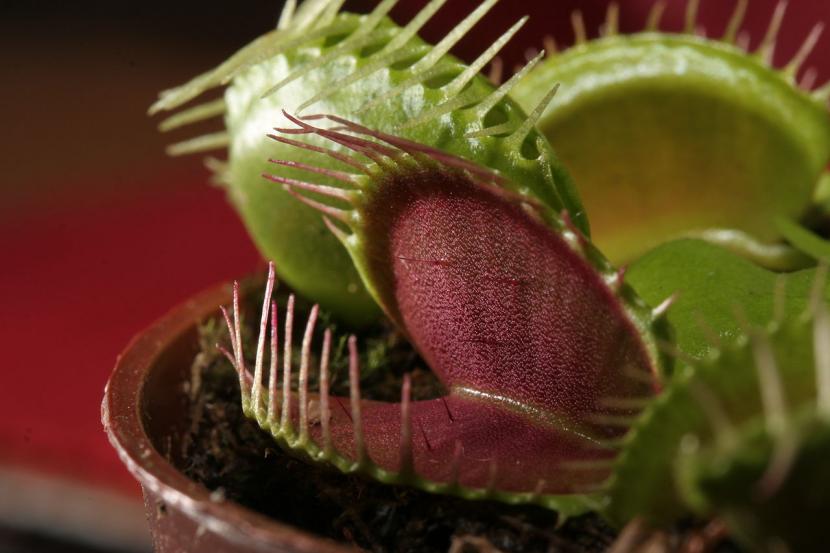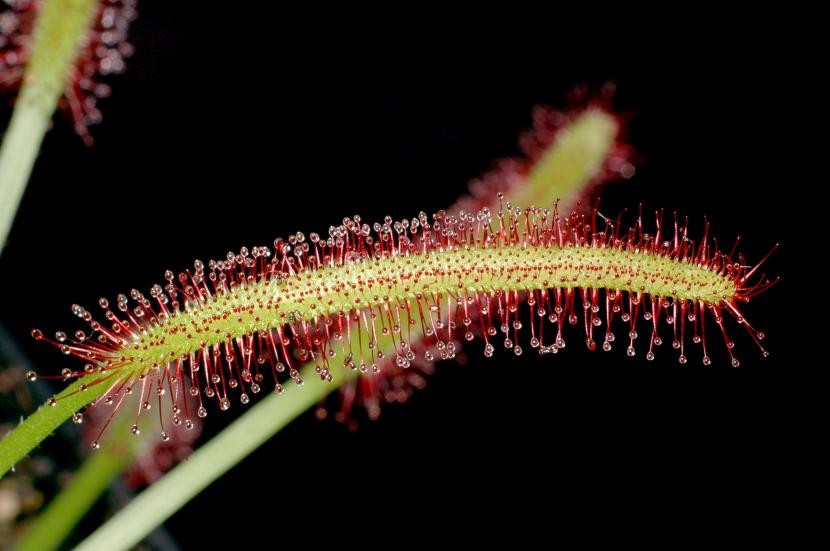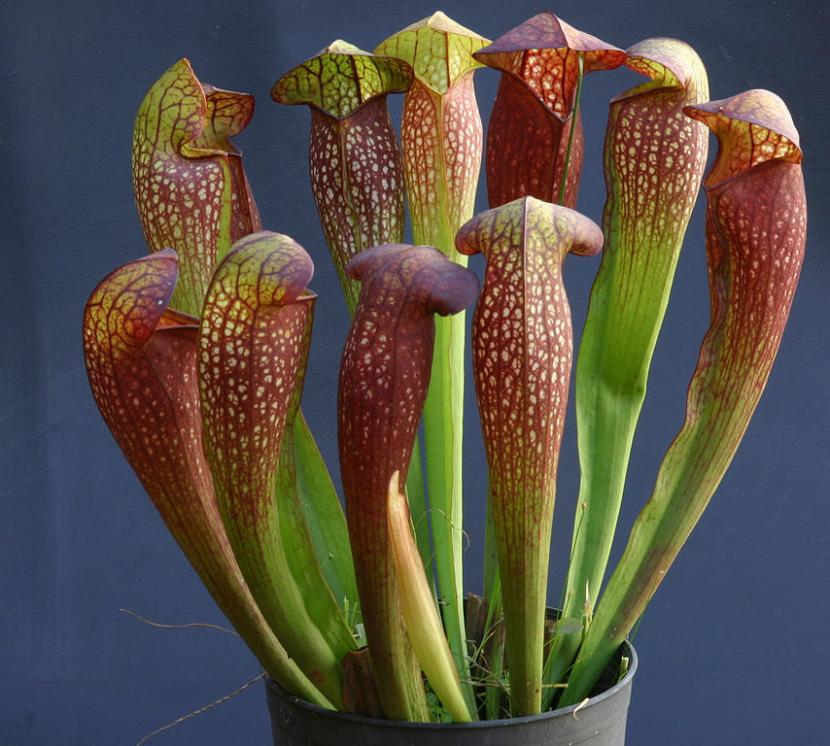
Hello! How did you spend the weekend? This time I'm going to tell you what the most common mistakes in the cultivation of carnivorous plants, strange and curious plant beings that, although they are easier to take care of than it might seem at first, at first it can be complicated.
So let's see what we don't have to do so that our carnivores look beautiful.

Irrigation
One of the mistakes that we often make is that of watering with inappropriate water for these types of plants. Although there is a type of water that is ideal for all plant beings, which is rain, in many places it is very scarce, and we will be forced to use other types. But We should never water with tap water if it is very hard. To check its hardness, we can do it with a TDS meter and introduce the sensor in the water; if it comes out a value lower than 100 (ideally between 0 and 50), we can water with it.
Fertilizer
Fertilizers are very helpful for optimal plant growth, however, carnivorous roots cannot absorb nutrients directly, so they would soon die.

Location
They are considered to be very delicate plants, but the truth is that are prepared to withstand inclement weather, including rains. The only thing that must be taken into account is the cold resistance of your carnivorous plant. In general, the ones you will normally find in nurseries and garden stores will withstand temperatures as low as 2 degrees below zero. Too it is important to know where to place them, since Sundew, Penguin and Nepenthes must be protected from direct sun.
Substratum
And finally, we have to talk about the substrate. Must use peat moss without fertilizing with perliteIn this way we will avoid root rot and the plant will grow much better.
Growing carnivorous plants is not easy, but if after reading these tips you have doubts, go ahead and comment on them. 😉
Hello Monica, I live in Costa Rica, and I would like to be able to have some of these plants, since I live in a rural area, where mosquitoes, spiders, and other insects are everyday things at all times ... and I would like to know what the germination process of these plants, since from what I read on your blog, they are not very good at obtaining nutrients with the roots ... how should I feed them to germinate them and bring them to the point where they can feed themselves on insects? ?
Thank you.
Hi Roy Mora.
Carnivorous plants do not need to be fertilized, as their roots cannot absorb the "food" directly.
To reproduce them by seed, you simply have to fill a pot with peat moss, soak it well with rain or distilled water, and place the seeds on its surface.
Since you live in a tropical climate, they shouldn't take more than 1 month to germinate. Keep the substrate always humid, and the seedbed in a very bright place but protected from direct sun.
It is important that you know that they are very, very slow growing, so if you need a more or less adult carnivorous plant soon, I would recommend more that you buy seedlings in a nursery. In Costa Rica and places with a similar climate, Sundew and Nepenthes could do very well. The Dionea and Sarracenia need to be a bit cold in winter (temperatures below 0º, and above -2ºC).
A greeting.
Hello Monica, I live in Santiago de Chile and I want to grow carnivorous plants, what considerations should I have? Around there I read that I should do it in a fish tank, what do you think?
Thanks and regards
Carla
Hi Carla.
You can have them in a fish tank, but I highly recommend that you have them each in a pot with peat moss (or sphagnum) mixed with a little bit of perlite.
A greeting.